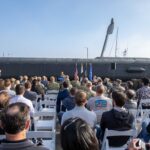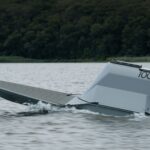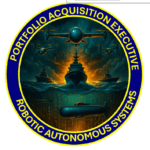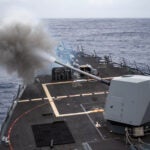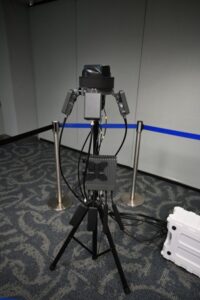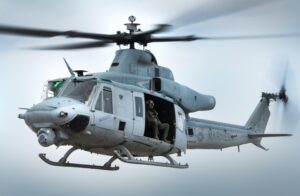
Naval Air Systems Command (NAVAIR) recently conducted an initial flight test of a Marine Corps UH-1Y Venom helicopter transmitting data from the Mobile User Objective System (MUOS) satellite communications capability for integration with the MQ-25A Stingray unmanned tanker. The Lockheed Martin [LMT]-developed MUOS is a satellite communications system that provides next-generation narrowband connectivity to military networks around the world. The Navy said the next generation of MUOS will work much faster with more payloads that support new waveform capabilities and…

 By
By 